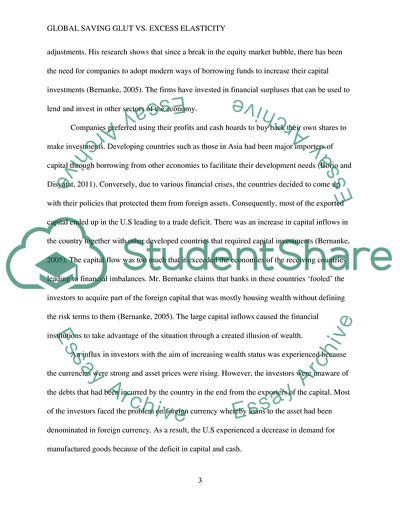Cite this document
(Global saving glut vs. excess elasticity Essay Example | Topics and Well Written Essays - 1500 words, n.d.)
Global saving glut vs. excess elasticity Essay Example | Topics and Well Written Essays - 1500 words. https://studentshare.org/macro-microeconomics/1865577-global-saving-glut-vs-excess-elasticity
Global saving glut vs. excess elasticity Essay Example | Topics and Well Written Essays - 1500 words. https://studentshare.org/macro-microeconomics/1865577-global-saving-glut-vs-excess-elasticity
(Global Saving Glut Vs. Excess Elasticity Essay Example | Topics and Well Written Essays - 1500 Words)
Global Saving Glut Vs. Excess Elasticity Essay Example | Topics and Well Written Essays - 1500 Words. https://studentshare.org/macro-microeconomics/1865577-global-saving-glut-vs-excess-elasticity.
Global Saving Glut Vs. Excess Elasticity Essay Example | Topics and Well Written Essays - 1500 Words. https://studentshare.org/macro-microeconomics/1865577-global-saving-glut-vs-excess-elasticity.
“Global Saving Glut Vs. Excess Elasticity Essay Example | Topics and Well Written Essays - 1500 Words”. https://studentshare.org/macro-microeconomics/1865577-global-saving-glut-vs-excess-elasticity.


